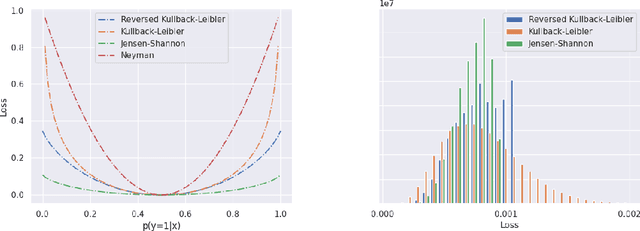Zoran Kalafatić
Template Matching in Images using Segmented Normalized Cross-Correlation
Feb 03, 2025Abstract:In this paper, a new variant of an algorithm for normalized cross-correlation (NCC) is proposed in the context of template matching in images. The proposed algorithm is based on the precomputation of a template image approximation, enabling more efficient calculation of approximate NCC with the source image than using the original template for exact NCC calculation. The approximate template is precomputed from the template image by a split-and-merge approach, resulting in a decomposition to axis-aligned rectangular segments, whose sizes depend on per-segment pixel intensity variance. In the approximate template, each segment is assigned the mean grayscale value of the corresponding pixels from the original template. The proposed algorithm achieves superior computational performance with negligible NCC approximation errors compared to the well-known Fast Fourier Transform (FFT)-based NCC algorithm, when applied on less visually complex and/or smaller template images. In other cases, the proposed algorithm can maintain either computational performance or NCC approximation error within the range of the FFT-based algorithm, but not both.
Dense anomaly detection by robust learning on synthetic negative data
Dec 31, 2021



Abstract:Standard machine learning is unable to accommodate inputs which do not belong to the training distribution. The resulting models often give rise to confident incorrect predictions which may lead to devastating consequences. This problem is especially demanding in the context of dense prediction since input images may be partially anomalous. Previous work has addressed dense anomaly detection by discriminative training on mixed-content images. We extend this approach with synthetic negative patches which simultaneously achieve high inlier likelihood and uniform discriminative prediction. We generate synthetic negatives with normalizing flows due to their outstanding distribution coverage and capability to generate samples at different resolutions. We also propose to detect anomalies according to a principled information-theoretic criterion which can be consistently applied through training and inference. The resulting models set the new state of the art on standard benchmarks and datasets in spite of minimal computational overhead and refraining from auxiliary negative data.
Combining Spatio-Temporal Appearance Descriptors and Optical Flow for Human Action Recognition in Video Data
Oct 01, 2013



Abstract:This paper proposes combining spatio-temporal appearance (STA) descriptors with optical flow for human action recognition. The STA descriptors are local histogram-based descriptors of space-time, suitable for building a partial representation of arbitrary spatio-temporal phenomena. Because of the possibility of iterative refinement, they are interesting in the context of online human action recognition. We investigate the use of dense optical flow as the image function of the STA descriptor for human action recognition, using two different algorithms for computing the flow: the Farneb\"ack algorithm and the TVL1 algorithm. We provide a detailed analysis of the influencing optical flow algorithm parameters on the produced optical flow fields. An extensive experimental validation of optical flow-based STA descriptors in human action recognition is performed on the KTH human action dataset. The encouraging experimental results suggest the potential of our approach in online human action recognition.
 Add to Chrome
Add to Chrome Add to Firefox
Add to Firefox Add to Edge
Add to Edge